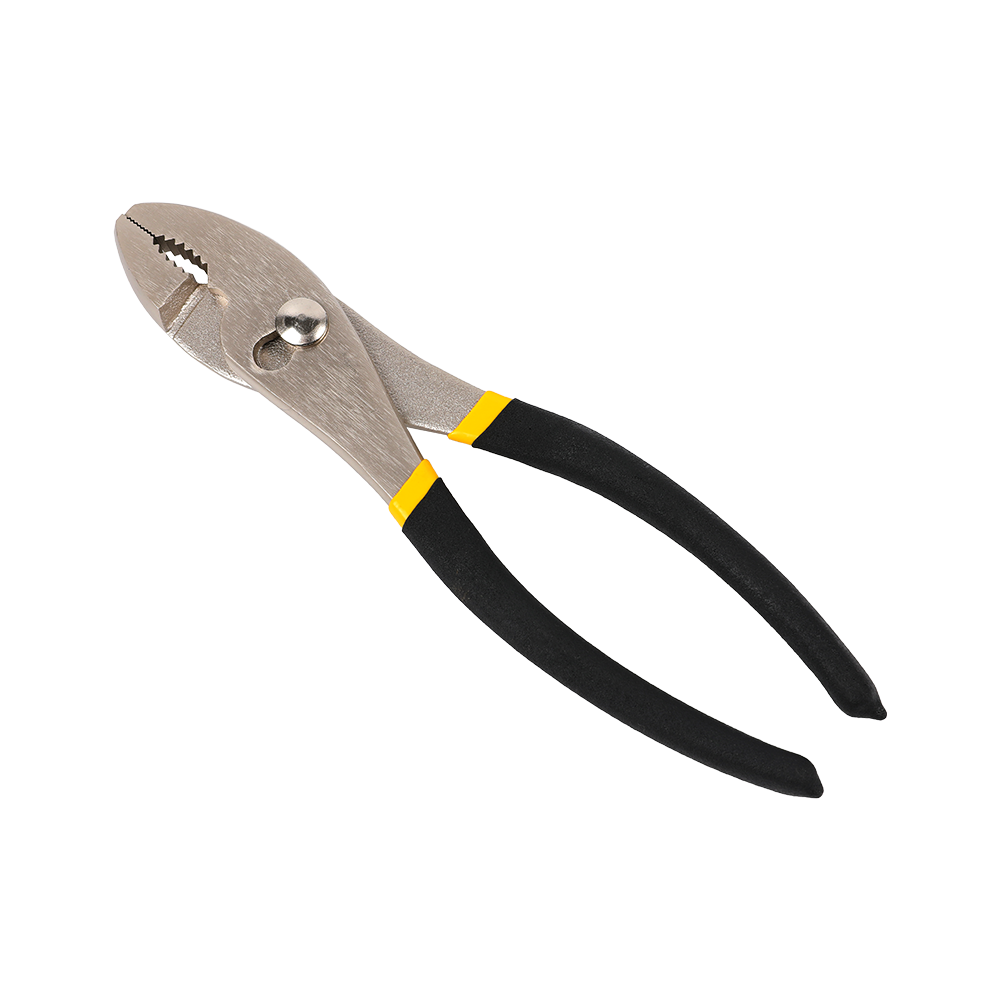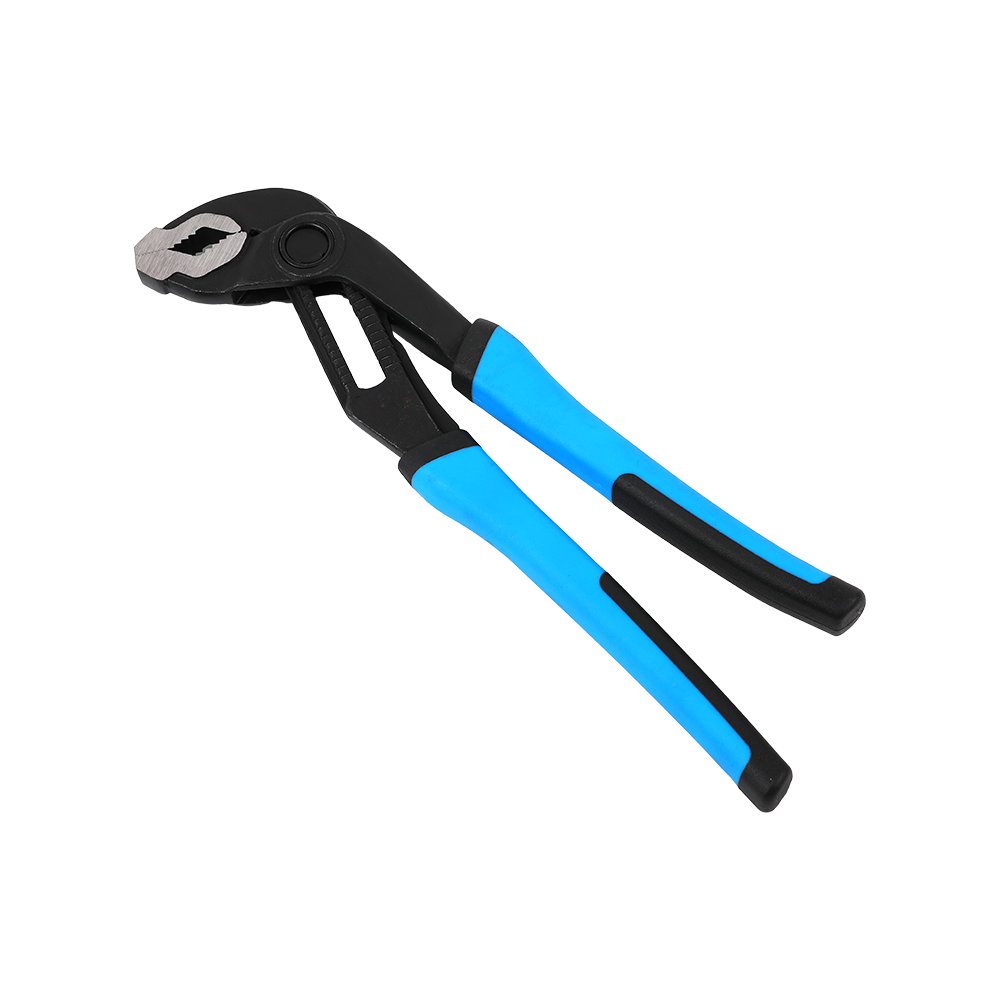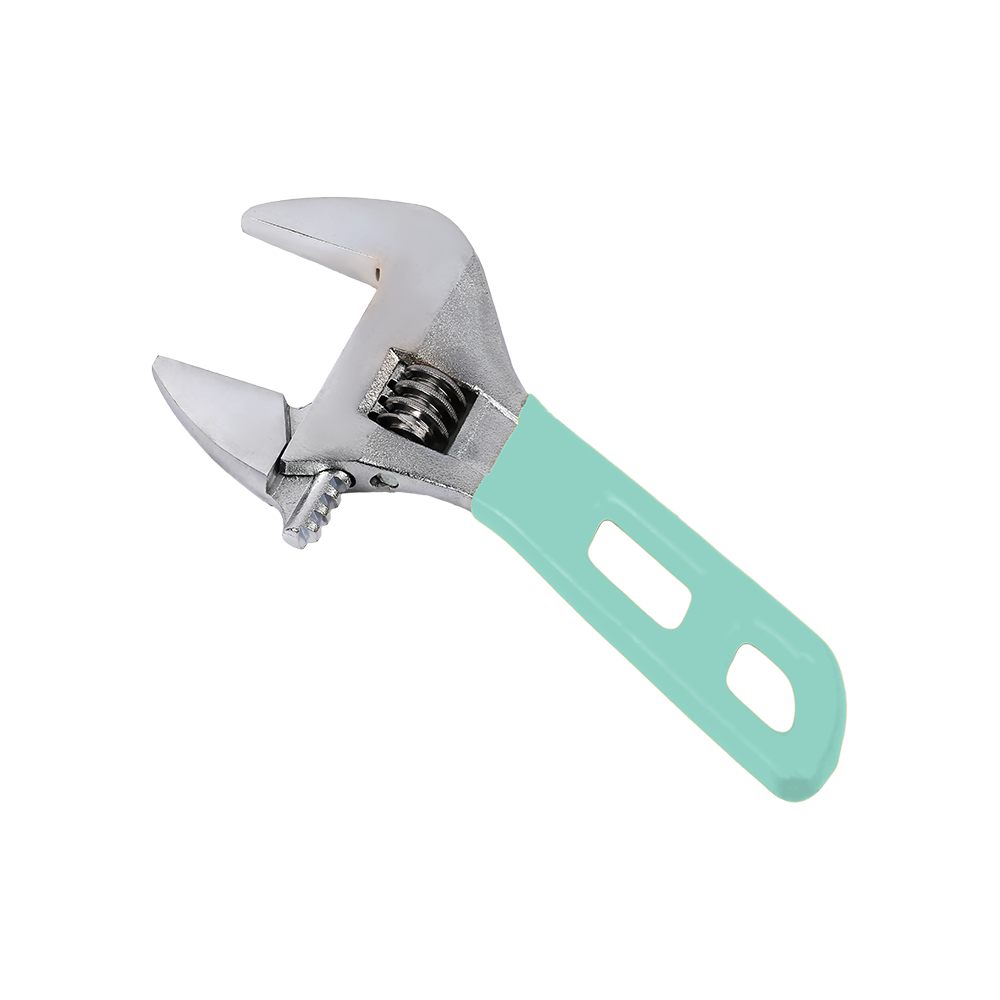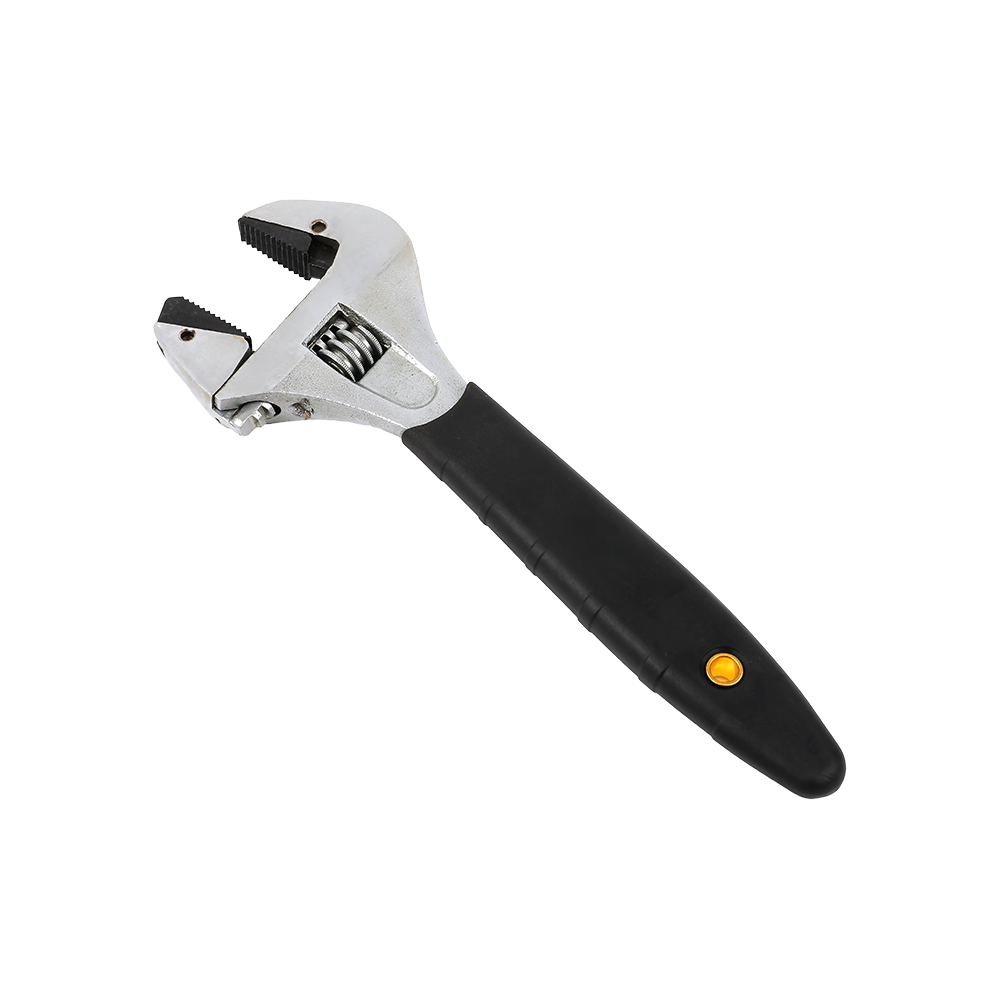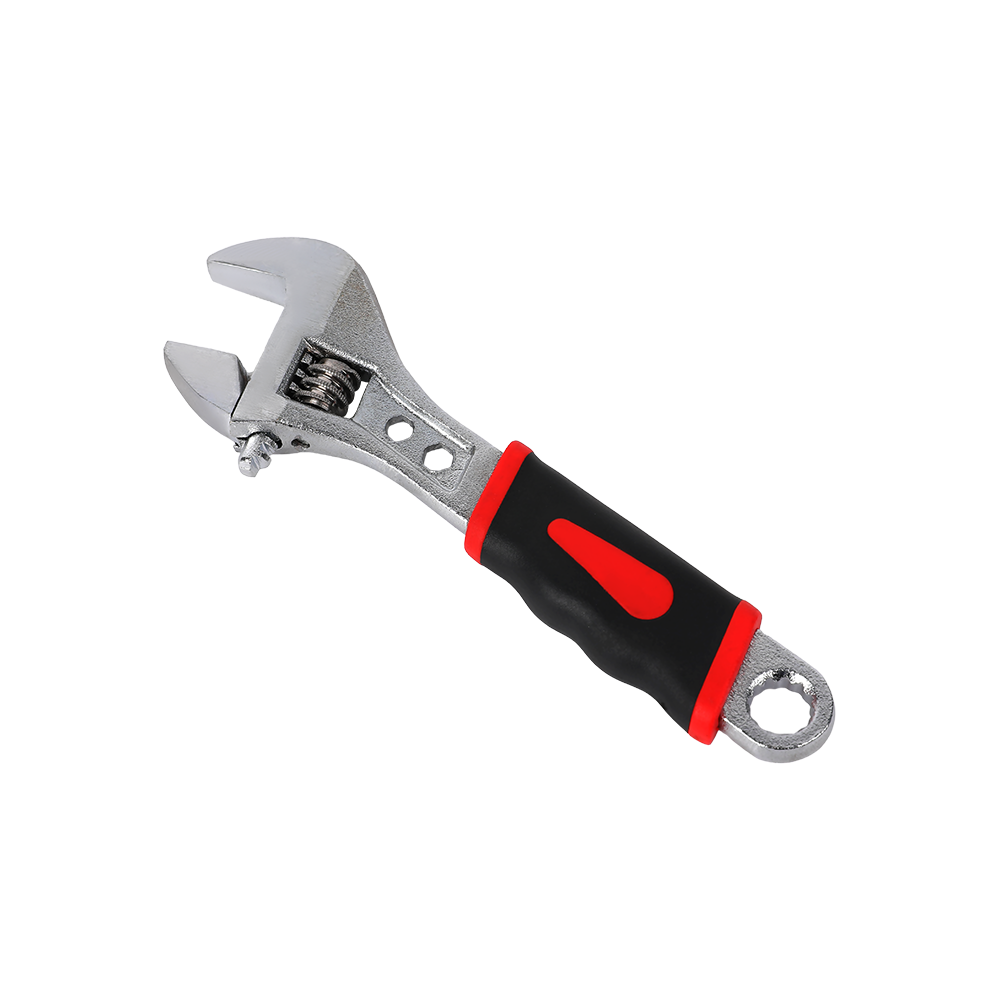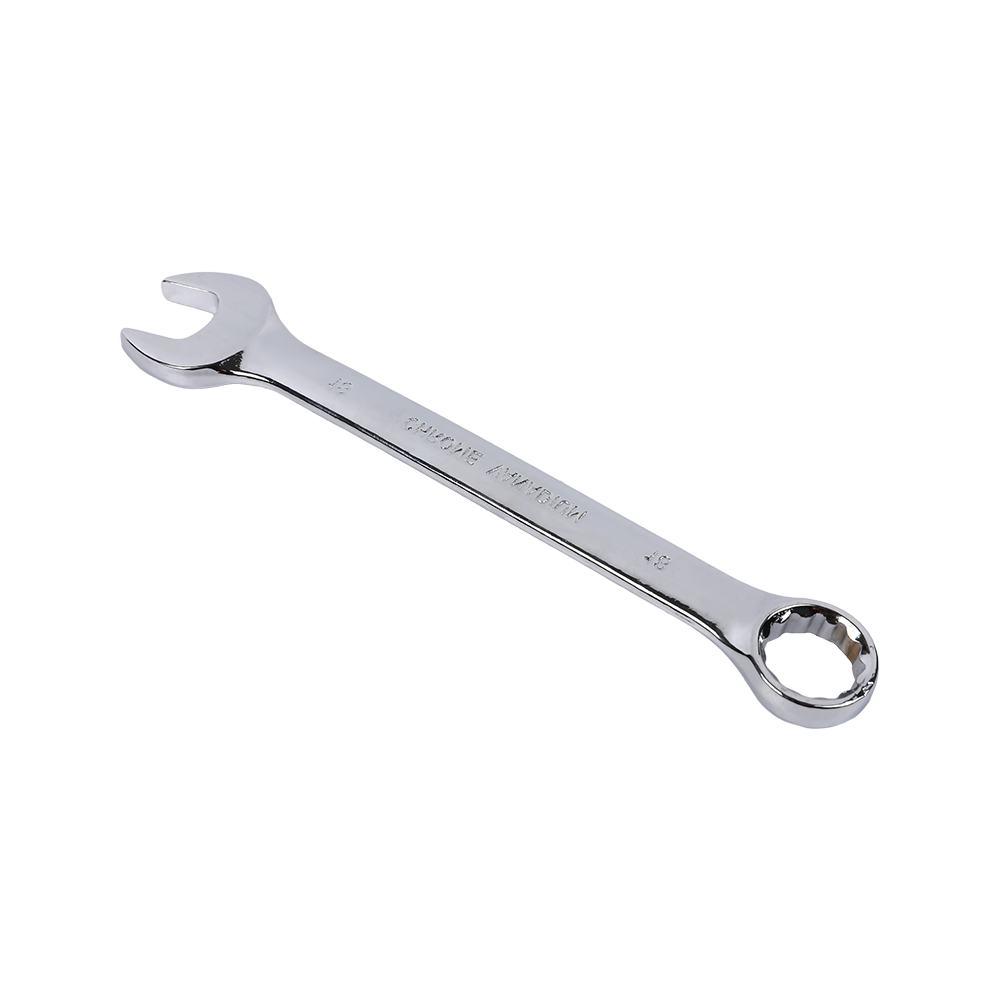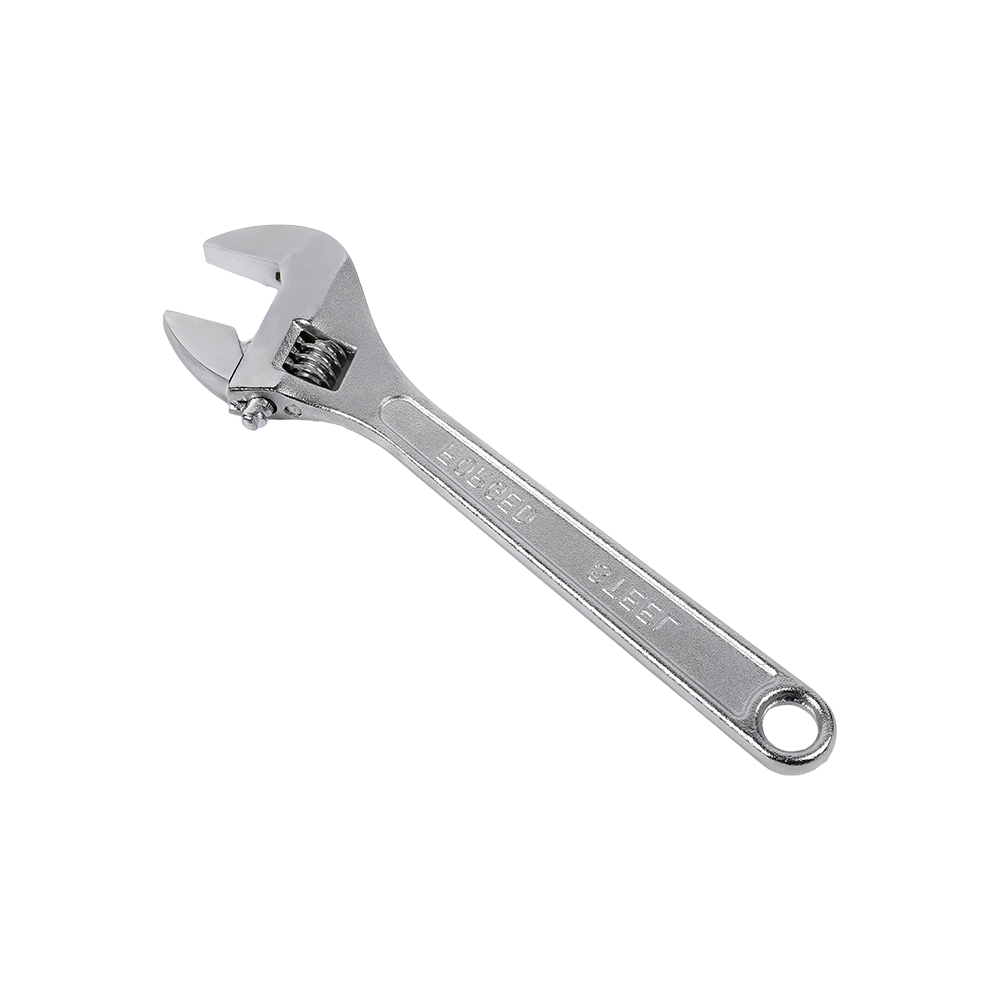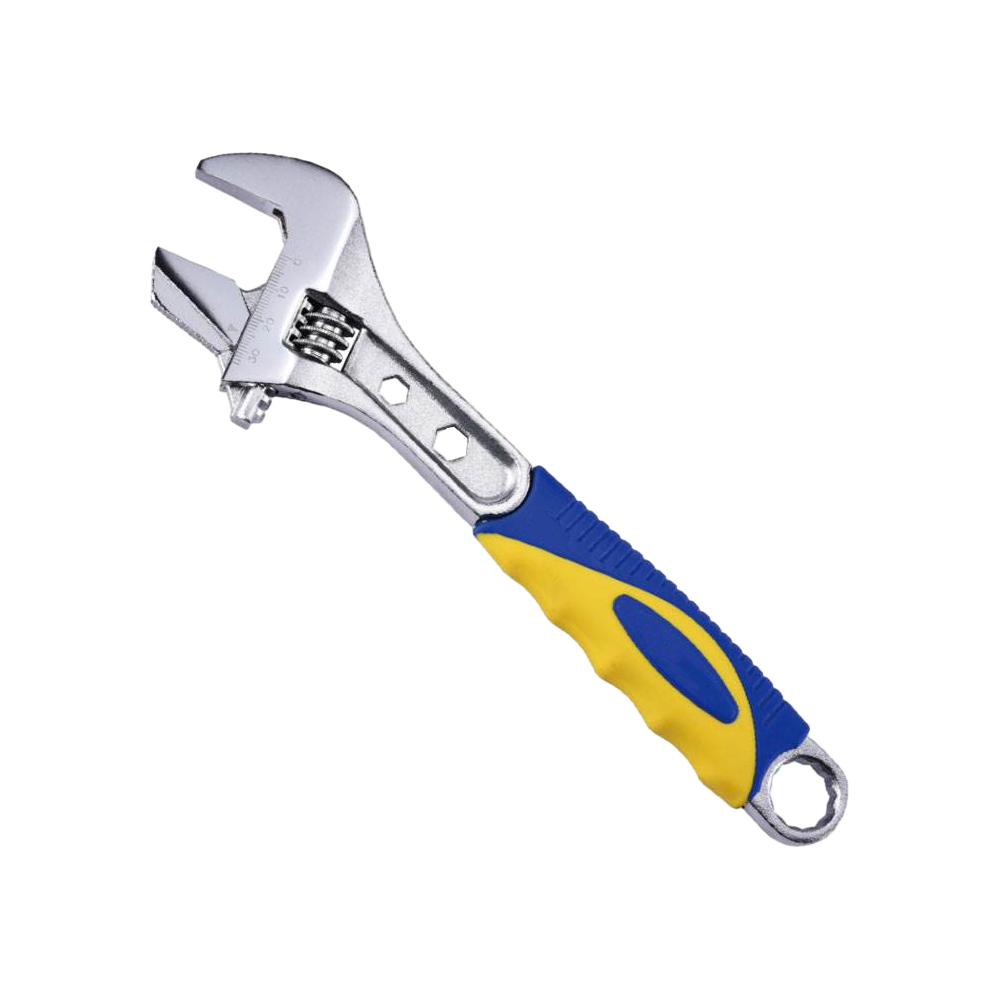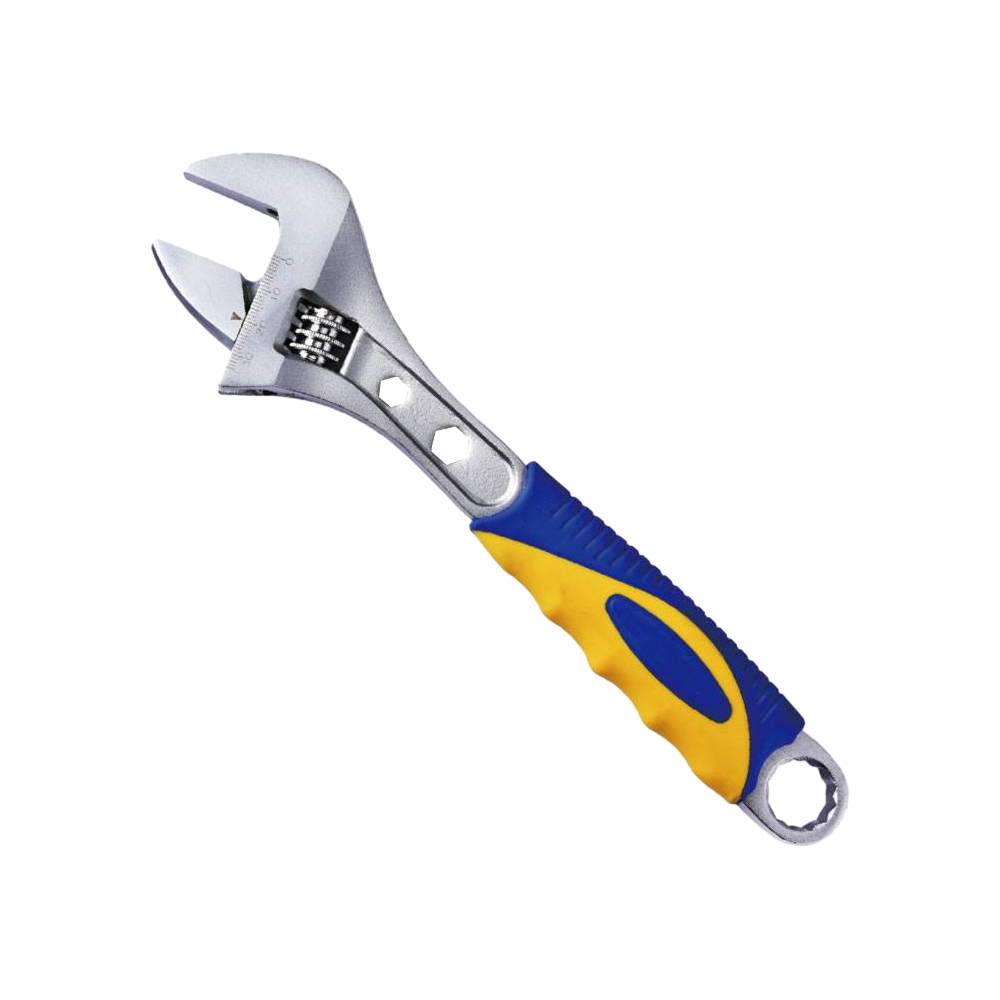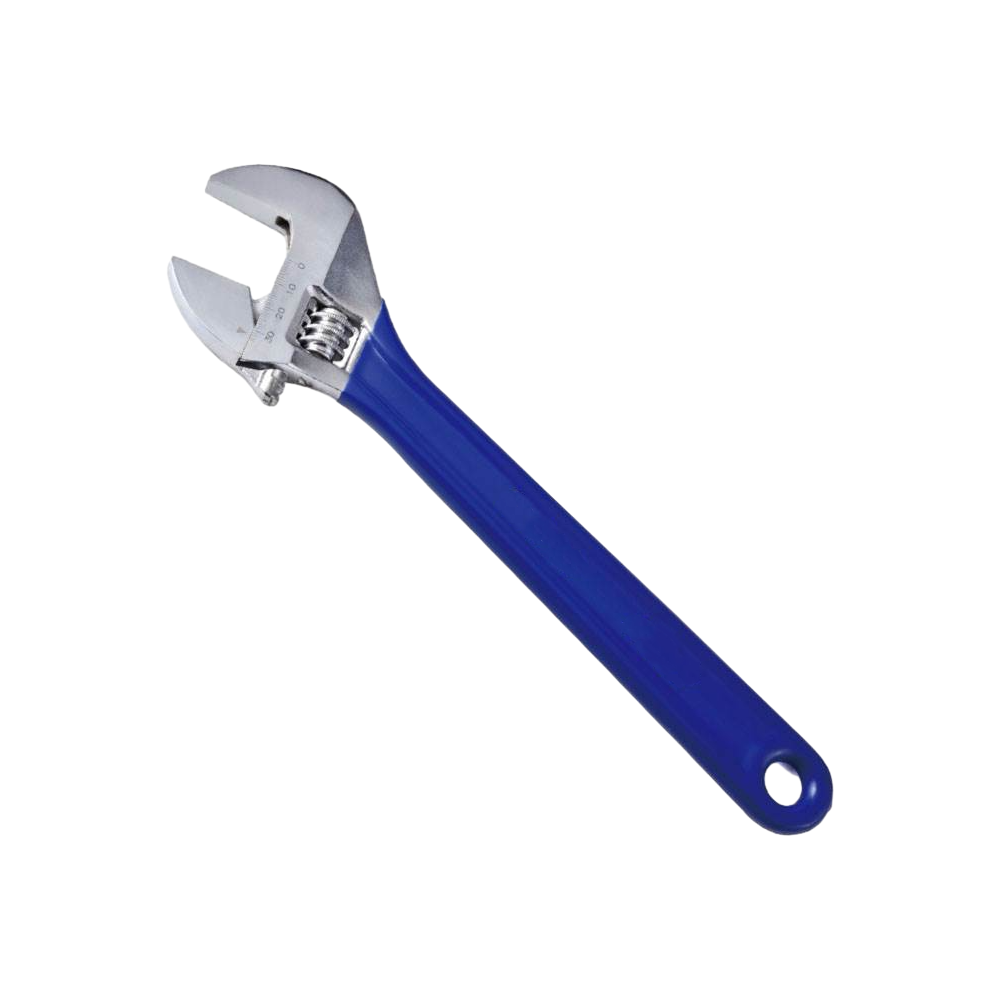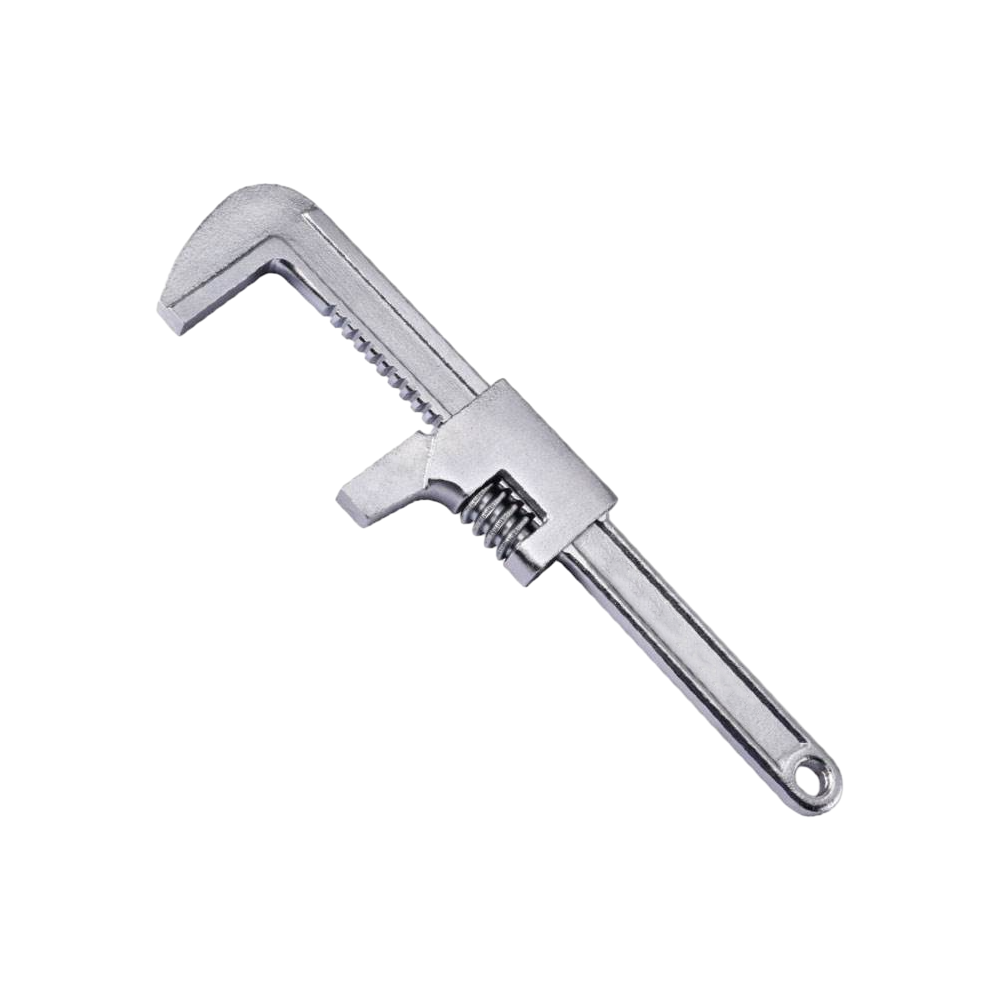One tool, two battlefields: the survival revolution of dual-purpose wrenches
The terminator of compromise? When tools begin to refuse a single fate
In the depths of the maintenance worker's backpack, in the corner of the trunk of the emergency vehicle, are those tools that are forced to appear in pairs due to their single functions silently devouring efficiency and living space? When disaster strikes and every second counts, when high-altitude operations must carefully calculate every gram of weight, are humans destined to carry redundant tools and move forward? Is the dual-purpose design a splicing of expedient measures, or a redefinition of the essence of tools - making a weapon truly have the genes to conquer two battlefields?
"Time thief" in the ruins of disasters: Can the double-toothed blade rewrite the golden rescue rule?
Hydraulic shears are stuck by steel bars under earthquake rubble, and rusted valves refuse to turn in floods - can these devilish details that devour rescue time be instantly sealed by a wrench that switches form? When the jaws forged from special steel can bite the steel bars in the concrete without chipping, and when the self-cleaning thread grooves maintain fatal accuracy in the mud torrent, is this double-sided weapon compressing the fault tolerance of rescue equipment to the limit? In the battlefield where every second determines life and death, has the speed of tool function switching become another vital sign?
"Silent witness" of family rights protection: How do civilians expose the black box of maintenance?
When the heating pipe leak is judged as "must replace the assembly worth 10,000 yuan", is the hexagonal nut hidden deep inside laughing mockingly? Is the existence of dual-purpose wrenches tearing a crack in the knowledge monopoly of professional maintenance - allowing ordinary users to verify the authenticity of the construction by themselves, so that those exaggerated faults have nowhere to hide? When the anti-counterfeiting stress pattern quietly emerges as a warning pattern when the tool is overloaded, does this mean that consumers have physical credentials for the first time to fight against technological hegemony?
The "dual personality" of materials science: how is it possible to combine rigidity and flexibility?
The same tool must bite rusty pipes like a vicious dog and protect the surface of precision valves like a surgeon - does the material have to make a cruel choice between one or the other? The exquisite layout of the gradient nano-coating makes the jaws harder and harder as diamond as they move outward, while the tooth roots remain as tough as vines; the self-repairing microcapsules ooze ceramic fillers at the wear and tear. Does this herald the beginning of the era of "immortality" of tools? When a material learns to switch freely between violence and precision, has it surpassed physics and approached magic?
The arrogant siege of professionalism: integration is the original sin?
"Real experts only use special tools!" - The admonition of the master mechanic is like thunder. But the survivors of wilderness survival sneered and retorted: "Dead people are not qualified to talk about professionalism!" When the built-in torque sensor coldly shows that the performance of the double-head tool is not inferior to that of the single tool, and when the surge in home maintenance scenes in the post-epidemic era has given rise to new standards, is this century-old debate on tool philosophy being forced into a dead end by real needs? Is the true meaning of professionalism to stick to the purity of rituals or the efficiency of solving problems?
Life-and-death game between safety and misoperation: How can intelligence become a guardian?
When gloves soaked in oil are groping in the dark tunnel, will a 0.1 second misjudgment of the function cause the precision valve to be scrapped instantly? When the tactile Braille system allows thick gloves to clearly "read" the current mode, and when the safety interlock mechanism automatically locks the violent function in sensitive scenes, has this double-edged sword finally tamed the risk of self-injury? In a world where humans are bound to make mistakes, can tools use intelligence to build the last line of defense?
Survival arithmetic behind price disputes: anxiety or investment?
When the price of a single tool is equal to the sum of two ordinary tools, are users paying for the function or for the anxiety of survival? The ten-year full-cycle warranty promise fights against the consumer inertia of "buying two is cheaper", and the strategy of bundling misoperation insurance points directly to the deepest insecurity of human nature - does this imply that the real cost is never on the shelf label, but in the opportunities and lives missed due to the lack of tools?
The dawn of tool democratization: are class barriers collapsing?
When a housewife uses the same tool to fix the kitchen water pipe and tighten the bicycle pedal, when astronauts on the International Space Station use standard equipment to repair the life support system in an emergency - does this herald the end of the privilege of a tool? Is the existence of dual-purpose wrenches dismantling the high walls built by professional certificates and smashing the functional cage deliberately created by brands? When a tool can serve both the plumber in the basement and the scientist in the synchronous orbit, is this the most profound declaration of equality in industrial civilization?
-
Feedback
 English
English русский
русский Español
Español
